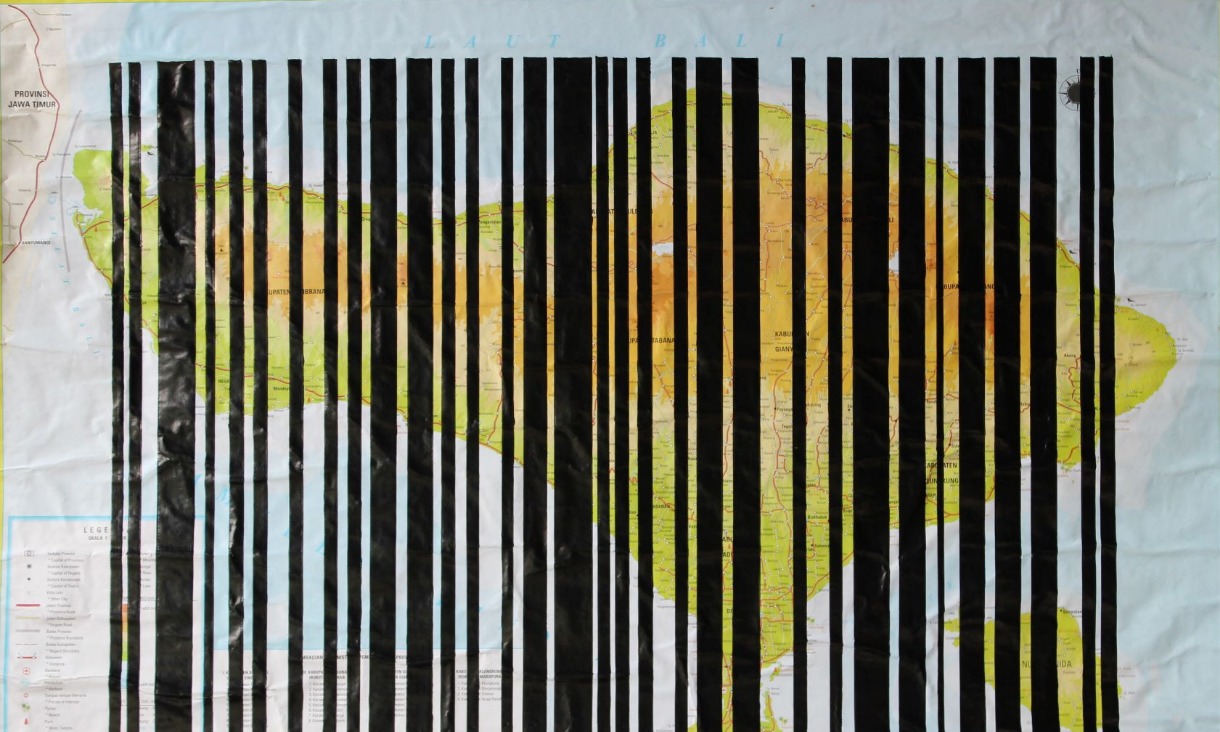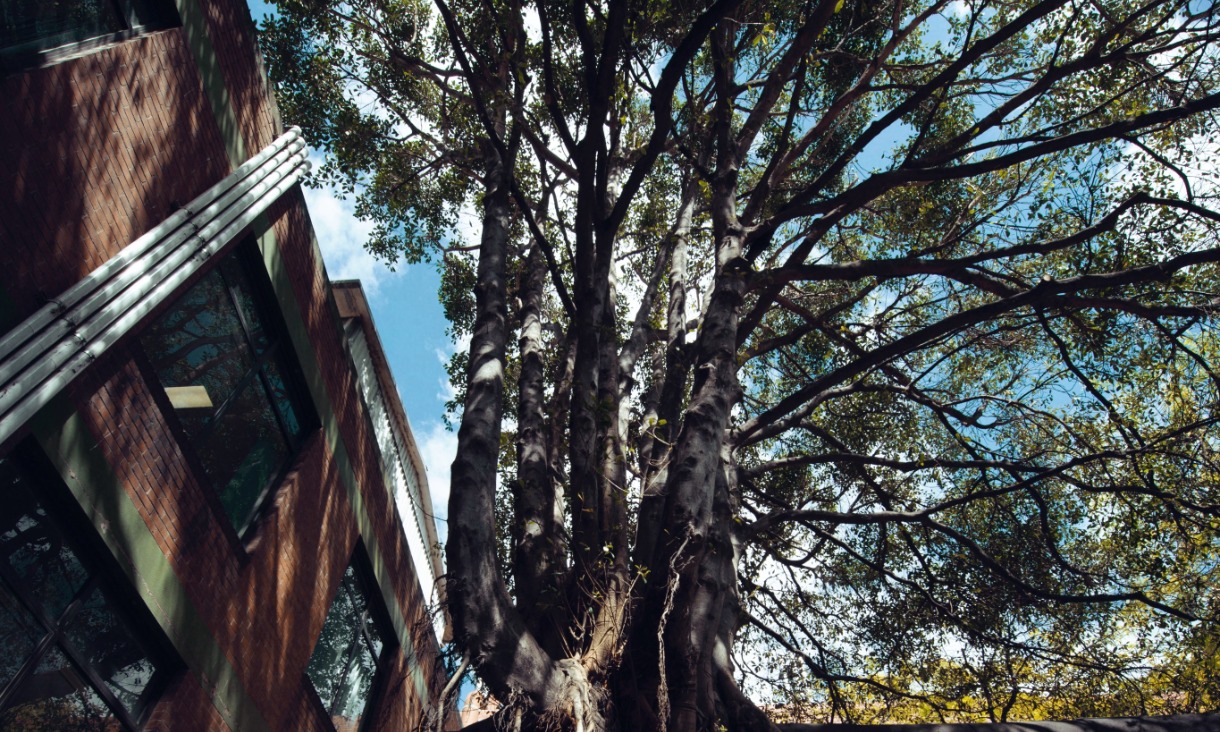Artists offer creative actions to ecological issues in Asia
When it comes to ways in which artists address ecological issues, actions can be big or small – it’s the action that is important, however subtle.
Celebrating our deep-rooted love for trees
Givers of oxygen, providers of shade and shelters to our native wildlife – reasons to love trees never grows old.
Chaos & Order: 120 years of collecting at RMIT
For the first time in 120 years RMIT is presenting a survey exhibition sourced entirely from its permanent art collection, more than half of which has never been shared with the public before.
RMIT subjects counted among the world's best
RMIT has had 11 subject areas ranked in the top 100 in the 2018 QS World University Rankings by Subject – two more than last year.









